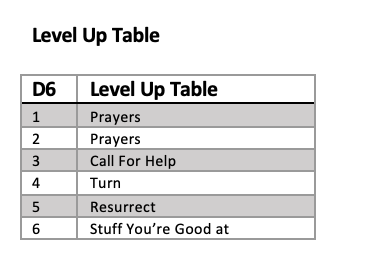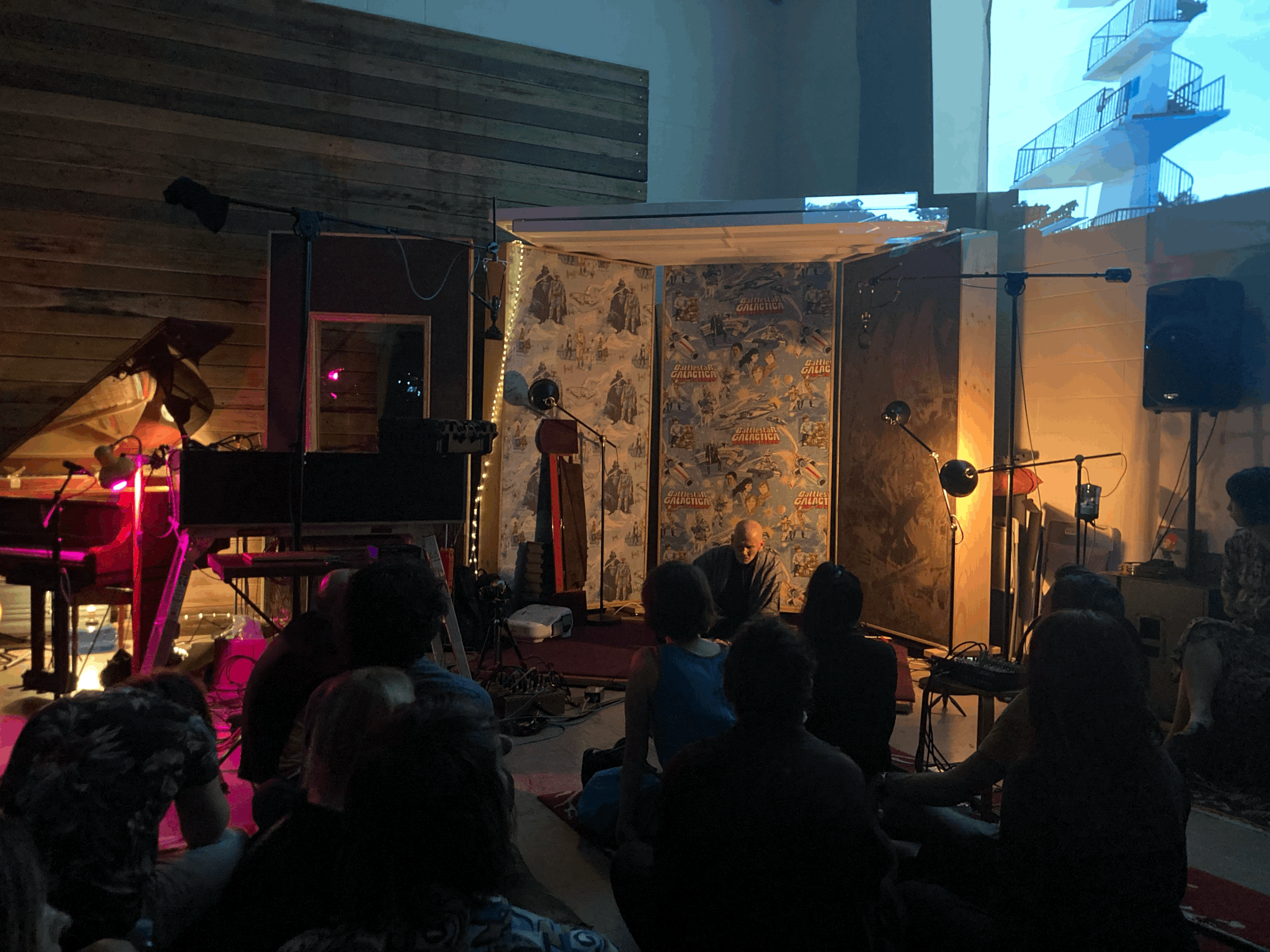Thoughts
What I Have Been Listening To: July 2022
This week I review music from Kevin Gates, Jordan Davis, Angelica Garcia and Lizzo!

Roll For Priest v.04
Skipping right v.03 updates and moving onto updates from v.04 - see the fun in this week’s post.
One Word Character Generator
Using the below tables, you can make all the relevant choices needed to make a fully fledged tabletop roleplaying game character! These tables are system and genre agnostic. I have kept the tables to one word for each heading to leave a level of creativity up to you. The use of the d6 was simply accessibility.

Party Dozen – The Real Work (Album and Launch Show Review)
This week I had the pleasure of listening to The Real Work by Party Dozen, Australian Experimental Improve outfit featuring saxophonist Kirsty Tickle and percussionist Jonathan Boulet. I talk about their album launch tour gig and the album below.

Indie TTRPG Review: Sweaters By Hedgehog
This review is for the cute little journalling game, Sweaters By Hedgehog by Haunted Oak Press.
Don’t Quit Your Job But Follow Your Passion
That phrase “quit your job and follow your passion” is scary and big, and while I think a lot of people should do this, maybe its an “eventually thing”, here is the stop gap.
Random Encounter Tables for D&D and Other TTRPGs
Random encounter tables: for D&D and other TTRPGs. I write a list for your games, featuring: An Undead Lord’s Tomb, A Unicorn’s Woodland Forest and A Dragon’s Mountain Top
What I Have Been Listening To: June 2022
This week I review works from OJ Mengel, Alice Skye, Ben Bohmer and Paul Kelly.
Roll For Priest v.02
My small TTRPG Roll For Priest has had an update. See the changes and additions below.
What I Have Been Listening To: May-June 2022
This month I write about some singles and some longer works. Andrew Huang, Ramses B, Chance The Rapper, The Chats and Party Dozen.

Roll For Priest - Indie TTRPG v0.1
A tabletop roleplaying game about priests. You go on adventures, spruking your god and its goal. Helping the poor and generally getting up to nonsense in a dark world. You believe you are on the right path and helping others (unless you straight up don’t) but your blind devotion isn’t always a good thing. Being so holy leaves room for a generally obvious flaw, you are only human after all, for now.
Tabletop Roleplaying Game Loot Tables
Everybody loves items and loot in their tabletop role playing games. Below I have included a variety of genres. I have decided to start including some pieces on the blog regarding tabletop role playing games (TTRPGs) as they are a huge creative outlet for me. Let me know your thoughts on their inclusion.
Generative Composition Tables
Here are some preview tables that I have written for a larger composition project, that I have hinted at in the past.
Singles review – April 2022
Here are 10 songs I have been recently listening to, that inspired me to write.

Oscillo Scape 20 Reactions
This week I got the chance to see the latest Oscillo Scape show (20) at Alchemix Studios in South Brisbane. I run through a play-by-play and my reactions of the event below.

Graphic Score Drafts and Compilation
Below I have listed a few of my draft graphic scores as I have made them. These are being complied for a writing project about experimental music in forms I have explored.
LISSITZKY AND SUPREMATIST SPACE
El Lissitzky had discovered a new way to look at various spatial systems that were already in place. In his work he also defined new spaces, which he referred to as Imaginary and Irrational. By fusing Suprematist ideas within Russian Constructivist practices of the time, he created his solution to spatial issues that he saw, called Suprematist Space. He explains these through the use of mathematics as a metaphor. An example use of this space is the Proun Room (Lissitzky, 1923). His explanation of his new systems against the previous systems in place was done only to create a legacy for himself and fulfil his ideal of becoming an Avant-Garde artist. His mathematical metaphors helped to logically explain the merit in current and new spatial ideas.
What I have been listening to (March - April) 2022
Over the last month of listening, I review the following works:
Labyrinthitis – Destroyer (2022)
Fool – Mk.gee (2018)
Once Twice Melody – Beach House (2021-2022)
Temple – Thao & Thao & The Get Down Stay Down (2021)
Rhinestones – HTRK (2021)
Antidawn EP – Burial (2022)
Live Takes: Rhythm Stick
Thoughts on my Rhythm Stick piece.
What I have been listening to - January-March 2022
Some highlight albums I have been listening to so far in the year.